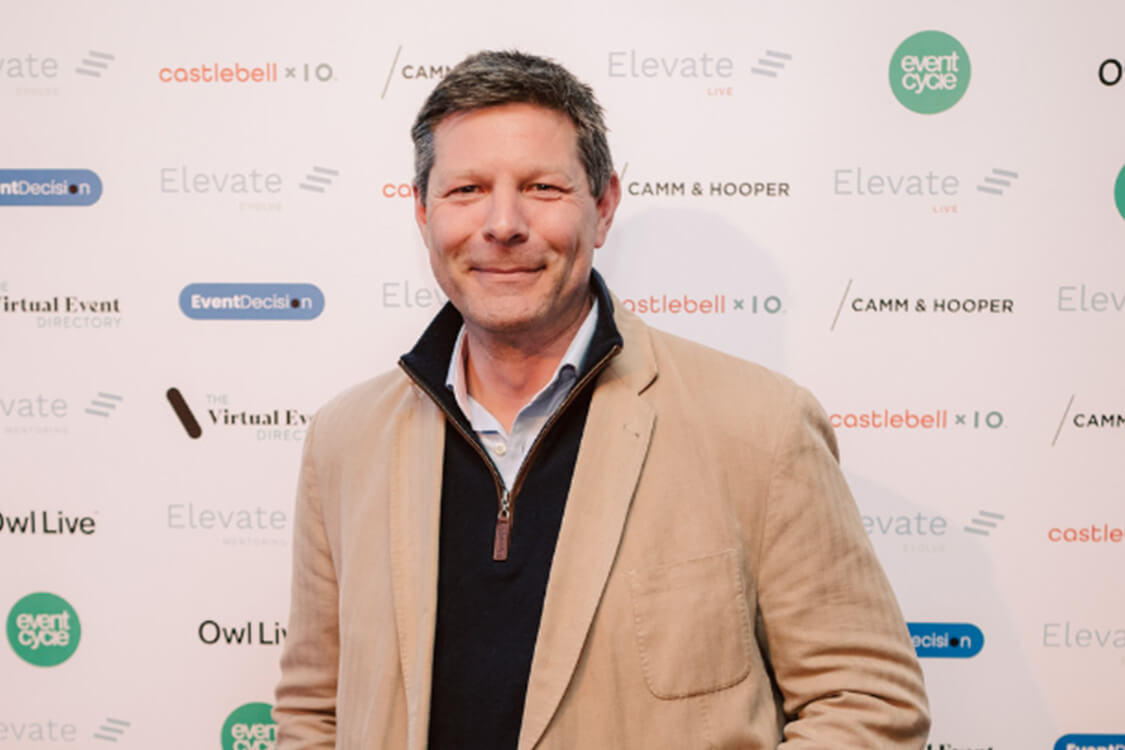Matt Grey, founder, event:decision, details how new sustainable regulation could drive change for the events sector.
For my whole working life the events industry has been working tirelessly to deliver the most engaging and rewarding events. Now we have to continue to work towards these goals, but also to add efficiency to the list.
Some organisations like Amazon and Tesco have announced plans that they will require suppliers to measure their own carbon impact.
At the same time the UK government recently unveiled plans to create Sustainability Disclosure Standards (SDS) that mirror the EU’s Corporate Sustainability Reporting Directive (CSRD).
Lots of acronyms here, but the gist is that larger companies will be looking not only at the carbon emissions they create themselves, but also look to buy from suppliers who can measure the impact they in turn create (called Scope 3 emissions).
If you’re an eventprof, you might be wondering, “What does this mean for me?” So let’s break down the implications:
- Venue selection: Your destination and venue selection is potentially the single most valuable decision you make, in carbon terms, for your event, mostly due to travel. Venues also hold a significant element of emissions with F&B and accommodation. Venues that are accessible and have green certifications will become more attractive options for events.
- Reporting: For larger events the carbon footprint will need to be reported. This includes everything from the energy used, transportation of kit and delegate travel to beds and F&B.
- Client expectations: Clients will exert pressure on event planners to ensure that their events are as sustainable as possible.
- Supplier selection: Eventprofs rely on a vast network of suppliers, it’s part of our skillset. We need to consider the footprint of our entire supply chain. Planners with transparent and better environmental practices have a competitive edge.
- Opportunity for competitive advantage: Events that can shout about their low carbon footprint or other sustainability measures use it as a USP This will be a differentiating factor in a competitive market. Be sure to walk the walk though, not just put words down on paper.
So what should we all do?
Start to Measure: Consider employing tools or services that help in measuring the carbon footprint of your events. Regular reporting can provide insights into areas of improvement and help in making more informed decisions.
Learn: In measuring your events, you will quickly learn which elements within events are significantly more sustainable than others. It’s not always the ones you think.
Collaborate: Work with suppliers who prioritise sustainability. They will provide insight and best practices that can enhance the green credentials of your event. But make sure they practice what they preach.
Communicate: Sustainability is a buzzword; but it’s also rapidly becoming an integral part of event business operations. Be brave enough to point out to your clients’ legacy practices which could now be considered unsustainable.
The events industry is not a large, when compared with say aerospace, agriculture, construction or financial services. But we are a crucial element to each and every one of these and more.
I don’t believe we will slip under the radar of the corporate carbon accountants. We are too visible, for one, and events are frequently high in per-capita emissions intensity.
Chris Packham, he of ‘Really Wild’ and ‘Springwatch’ said in the Guardian recently “if people like (us) don’t instigate change, we’re in trouble”. This applies to us, eventprofs, in equal measure.
For all event professionals, understanding and adapting to the new standards is not just about compliance, but also about being relevant, competitive and profitable. Legislation may introduce new complexities but also brings huge opportunities to those willing to be at the forefront of sustainable change.




















